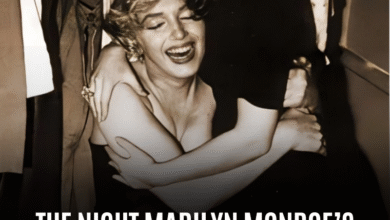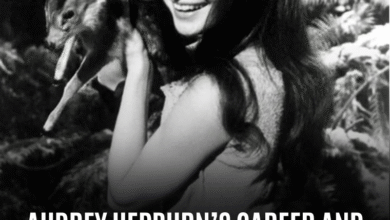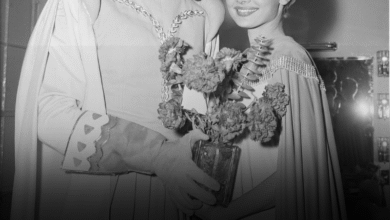Scarlett Johansson Calls Acting with Special Effects ‘Really Tough’ – Here’s Why
OPINION: This article may contain commentary which reflects the author's opinion.
In today’s blockbuster-driven world, audiences are captivated by dazzling visual effects—alien invasions, city-shattering battles, and end-of-the-world scenarios rendered in stunning realism. Yet behind the spectacle, there’s a reality that many viewers rarely consider: for actors, acting against green screens and elaborate CGI setups can be not only challenging but downright exhausting. Scarlett Johansson, one of Hollywood’s most recognized stars, has been candid about her frustrations with this modern filmmaking necessity.
Long before she became a staple of the Marvel Cinematic Universe, Johansson got her first real taste of heavy special effects work on Michael Bay’s 2005 sci-fi thriller The Island. In a conversation with Bay, she opened up about just how draining the experience was.
“It is so exhausting,” Johansson admitted, describing the difficulty of maintaining intensity and authenticity while surrounded by blue screens, rather than real environments or fellow actors. Bay, known for his bombastic action films, echoed her sentiments, explaining that even the best actors struggle when there’s nothing tangible to react to. “Acting with a blue screen is very tough, wouldn’t you say?” he asked during their discussion, to which Johansson readily agreed.
Bay recounted how, when first meeting co-star Ewan McGregor in New York, McGregor immediately asked, “Are you going to do a lot of blue screen?” After his experiences on the Star Wars prequels, McGregor was well aware of the unique challenges that CGI-heavy productions posed for performers.
For Johansson, however, The Island was her early exposure to this kind of filmmaking—an experience that would later become a major part of her career as Black Widow in the Marvel films. Reflecting on those early challenges, she humorously noted the surreal difficulty of trying to act out a desperate, life-or-death escape while “hearing the grip chewing a sandwich next to you.”
The crux of the issue lies in the nature of acting itself. As Johansson and Bay pointed out, strong performances often depend on reacting authentically to what’s happening around you. When those surroundings are nothing more than blue screens and taped marks on the floor, that organic energy is harder to summon. Actors are forced to rely entirely on imagination—visualizing enemies, explosions, and environments that aren’t there—which can sap the emotional immediacy out of a scene.
Bay summed it up best: “It is really, really tough.” And for actors like Johansson, who thrive on connection and realism, the mental and emotional toll can be just as intense as any physical stunt.
As technology continues to dominate blockbuster filmmaking, Johansson’s candid reflections are a reminder that even the most seamless special effects come at a very real cost for those tasked with bringing them to life. Despite the glamour of the final product, the journey to get there is often grueling, demanding a different kind of endurance from the actors at the center of it all.



